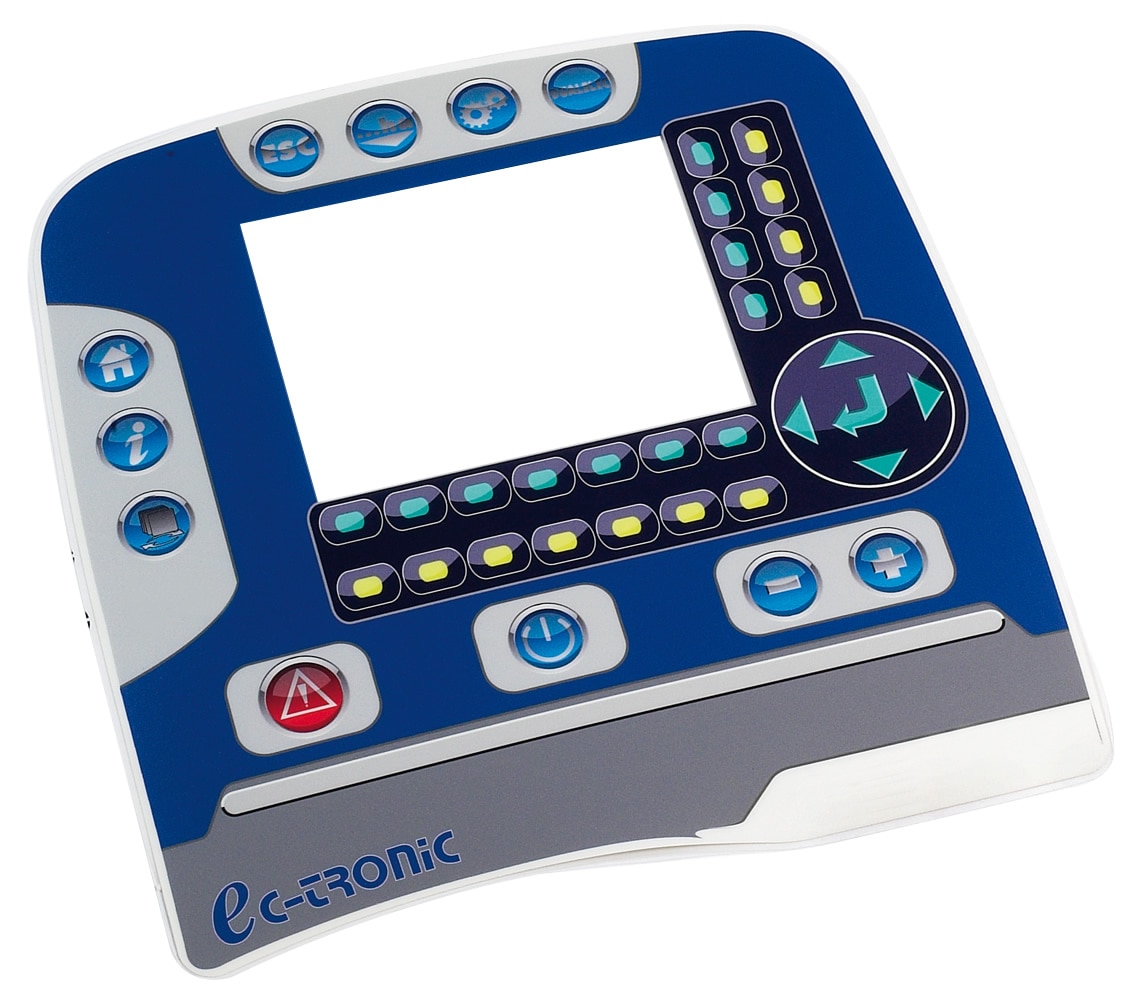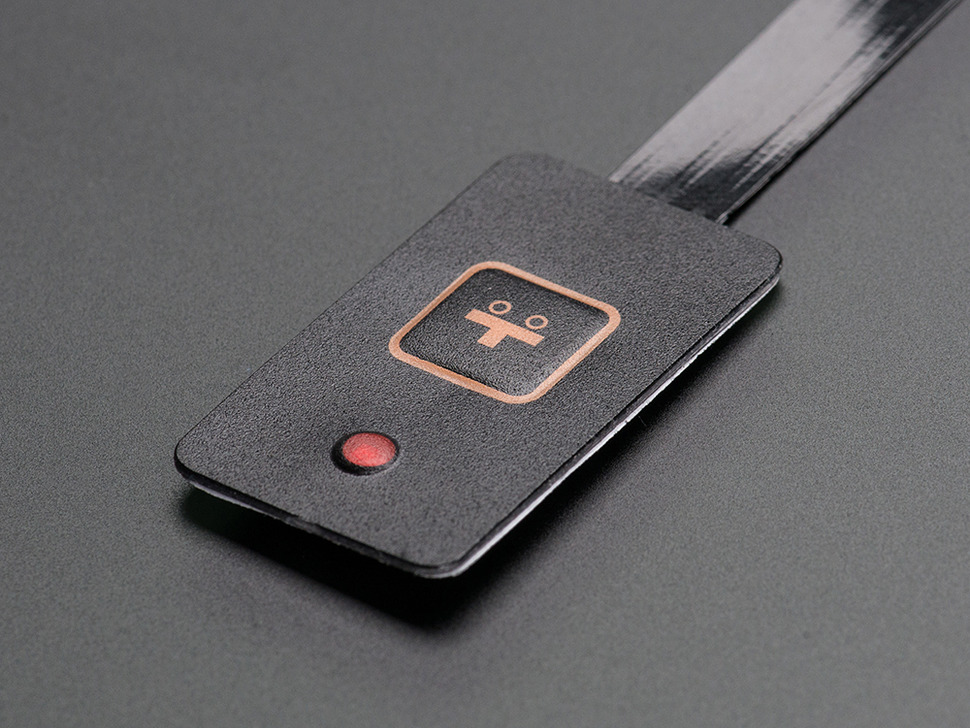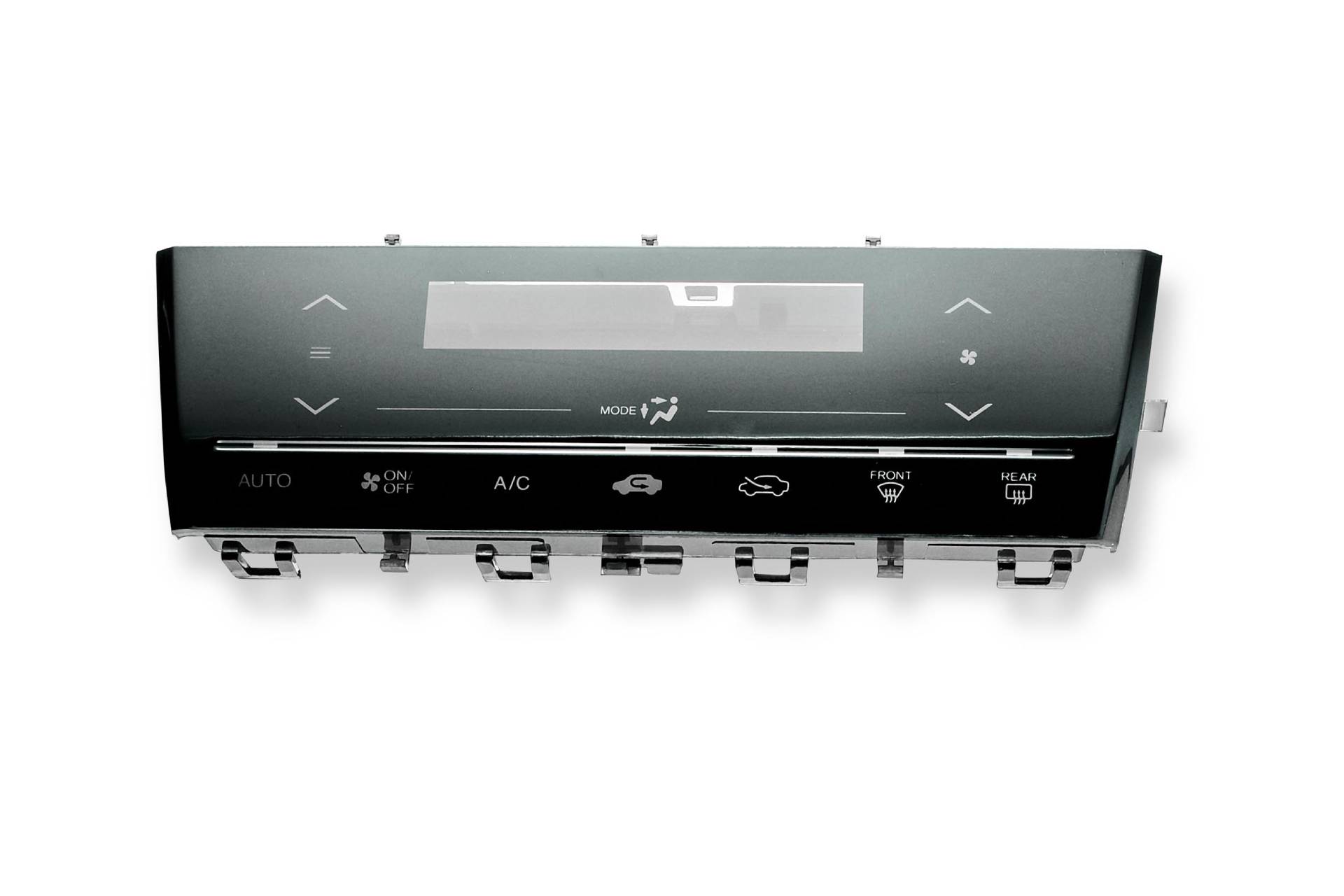Collaborate with a Membrane Switch Manufacturer Committed to Quality
Understanding the Importance of Membrane Switch in Modern Electronic Devices and Their Applications
Membrane switches work as an essential part in modern-day electronics, providing an effective interface for customer interaction. Their light-weight and customizable nature makes them ideal for a variety of applications across varied sectors. Understanding their crucial components and advantages can provide understandings into their growing importance. As technology continues to breakthrough, the evolution of Membrane switches over questions about their future applications and design innovations. What exists ahead in this vibrant area?

What Are Membrane Switches?
Membrane buttons are important elements in modern electronic devices, acting as customer interfaces that facilitate communication between tools and individuals. These switches are composed of numerous layers, consisting of a graphic overlay, an adhesive layer, and a circuit layer, all of which collaborate to create a functional and sturdy user interface. The design enables for a flat, low-profile service that can be personalized regarding size, form, and aesthetic appearance, making them appropriate for different applications, from consumer electronics to medical devices. The responsive feedback given by Membrane changes improves customer experience, while their resistance to dirt and moisture makes them perfect for testing environments. Membrane buttons can include functions such as backlighting and published graphics, even more expanding their usability. Their flexibility and robustness make them a favored selection in industries where dependability and simplicity of use are critical, eventually contributing to the seamless operation of contemporary digital tools.
Secret Components of Membrane Switches Over
While numerous elements add to the functionality of a membrane layer button, three primary layers play substantial functions in its design and operation. The top layer, commonly made from a sturdy polymer, acts as the interface for customer interaction, often featuring printed symbols and graphics. Under this is the spacer layer, which maintains the necessary range between the top layer and the circuit layer. This spacer layer assurances that the switch activates only when pressed, preventing unexpected inputs. The circuit layer contains conductive traces that finish the electric circuit when the top layer is depressed. These traces can be made from different materials, including copper or silver. Together, these parts develop a reputable and robust device that is small and flexible, appropriate for a vast array of electronic applications, from home appliances to clinical gadgets. Comprehending these essential parts is crucial for appreciating the general functionality of Membrane switches.
Benefits of Making Use Of Membrane Switches Over

Membrane Switch Production Refine
Recognizing the Membrane button production procedure discloses the complex steps entailed in creating these important parts. The process commonly begins with the layout stage, where specifications and layouts are developed using specialized software program. Following this, the graphic overlay is published on a flexible substrate, commonly using high-resolution printing strategies to guarantee clearness and precision.Next, the glue layers are applied, which serve to bond the numerous components with each other. The circuit layers, made from conductive inks or products, are then printed onto a different substratum. These layers are thoroughly straightened and laminated flooring to produce a useful switch.After assembly, the buttons undergo checking to validate functionality and toughness. Quality assurance steps are executed throughout the process to recognize and rectify any type of defects. The completed Membrane switches are packaged and prepared for distribution, ready to fulfill the demands of contemporary electronic applications.
Applications of Membrane Switches in Different Industries
Membrane switches are progressively used across various industries, particularly in medical equipment and consumer electronics. In the clinical area, they provide trusted control user interfaces for tools that require specific procedure. In a similar way, in customer electronic devices, these buttons improve individual interaction by using streamlined and responsive interfaces.
Medical Devices Control
Various modern-day medical devices make use of Membrane buttons for structured operation and enhanced customer communication. These switches provide a dependable, durable user interface for a range of applications, consisting of diagnostic equipment, patient surveillance systems, and surgical instruments. Their customizable layouts permit details formats that can fit the distinct demands of medical care professionals, making certain user-friendly navigation and efficient access to important features. Furthermore, Membrane buttons are resistant to pollutants, making them suitable for sterilized environments. The tactile responses they provide can enhance user self-confidence, lowering the risk of mistakes during crucial medical treatments. Overall, the combination of Membrane buttons in clinical equipment substantially adds to enhanced functional effectiveness and person safety and security in medical care settings.
Consumer Electronic Devices Interfaces
In the domain name of consumer electronics, Membrane switches play a crucial function in enhancing individual interfaces throughout a wide variety of tools. These switches are important to items such as push-button controls, microwaves, and pc gaming consoles, supplying a reliable and user-friendly interface. Their layout permits a seamless combination of graphics and functionality, making it possible for manufacturers to create sleek, modern aesthetics without compromising functionality. Membrane buttons are additionally recognized for their resilience, typically standing up to substantial use and exposure to various environmental conditions. Additionally, they can incorporate attributes like backlighting and tactile feedback, more boosting the customer experience. As customer needs for advanced yet user-friendly user interfaces grow, Membrane switches over proceed to be an important part in progressing digital tool capability.
Style Factors To Consider for Membrane Switches
Designing efficient Membrane switches over needs mindful focus to various elements that affect both functionality and user experience. One vital factor to consider is the choice of products, as they can impact toughness, responsive responses, and aesthetic charm. Picking a suitable adhesive is important for assuring long-lasting bond and resistance to environmental factors.In enhancement, the format and design of the switch have to fit user communication, with switch sizes and spacing maximized for simplicity of use. The unification of graphics and labeling must prioritize quality and visibility under numerous illumination conditions.Consideration of electric features, such as actuation pressure and button level of sensitivity, will improve the responsiveness of the Membrane button. Additionally, the layout must fit manufacturing procedures to guarantee cost-effectiveness and prompt manufacturing. Generally, a well-thought-out style boosts both the customer and the functionality experience of Membrane switches in modern electronic devices.

Future Fads in Membrane Switch Modern Technology
As technology continues to progress, Membrane buttons are positioned to integrate new developments that will certainly boost their capability and application in various fields. One check my site considerable pattern is the unification of resilient and versatile products, which will enhance the life-span and reliability of these buttons. Boosted surface area appearances and customizable graphics are likewise anticipated, enabling more instinctive customer interfaces.Moreover, the integration of smart technology, such as touch-sensitive surfaces and haptic comments, is expected to improve individual interaction, making Membrane changes a lot more responsive and appealing. Additionally, advancements in printed electronics will enable much more complicated circuitry within thinner profiles, further increasing style possibilities.Sustainability will certainly additionally play a crucial function in future advancements, as suppliers check out environmentally friendly products and production processes. Generally, these trends will certainly assure that Membrane switches continue to be essential and appropriate in a increasingly electronic and interconnected world.
Regularly Asked Inquiries
Exactly How Do Membrane Switches Contrast to Conventional Mechanical Buttons?
Membrane switches over offer benefits over traditional mechanical buttons, including minimized dimension, lighter weight, and improved resilience. They generally provide a secured surface area, enhancing resistance to dirt and moisture, making them excellent for diverse applications.
What Products Are Frequently Utilized in Membrane Switch Building?

Can Membrane Changes Withstand Extreme Environmental Conditions?
Membrane switches can stand up to extreme ecological problems, depending upon their design and products. Top quality building and constructions typically include sturdiness versus temperature variations, humidity, and direct exposure to chemicals, making them suitable for different requiring applications across markets.
For How Long Do Membrane Switches Over Usually Last Before Failing?
Membrane switches commonly display a lifespan varying from 1 to 10 million actuations, depending on elements such as use regularity, environmental problems, and hop over to these guys manufacturing high quality. Normal maintenance can expand their sturdiness and operational reliability significantly.
Are Membrane Switches Over Customizable for Particular Applications?
Membrane buttons are indeed customizable for particular applications. They can be customized in dimension, style, and capability, enabling manufacturers to fulfill special individual needs and boost item aesthetics while maintaining functional effectiveness and toughness. Membrane buttons are essential components in modern-day electronic devices, offering as customer interfaces that promote communication in between gadgets and users. The tactile comments supplied by Membrane switches enhances customer experience, while their resistance to dirt and wetness makes them optimal for challenging environments. The incorporation of graphics and labeling should focus on clearness and exposure under various lighting conditions.Consideration of electrical qualities, such as actuation force and button level of sensitivity, will enhance the responsiveness of the Membrane switch. Enhanced surface textures and customizable graphics are also anticipated, allowing for even more user-friendly user interfaces.Moreover, the assimilation of wise innovation, such as touch-sensitive surface areas and haptic comments, is anticipated to boost customer communication, making Membrane changes blog here much more responsive and appealing. Membrane switches over offer benefits over conventional mechanical switches, including reduced dimension, lighter weight, and boosted toughness.